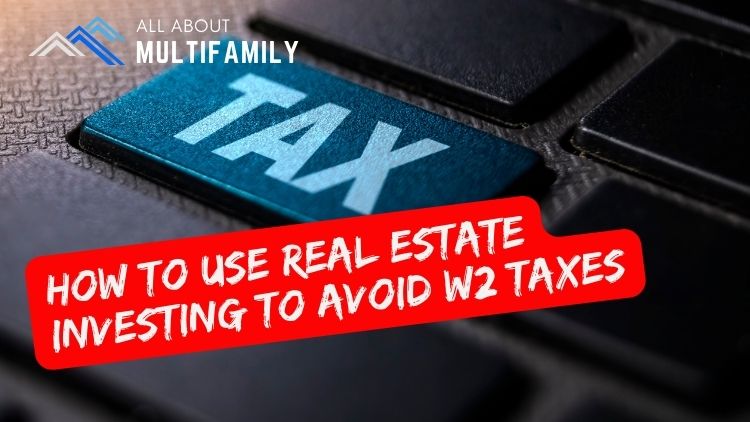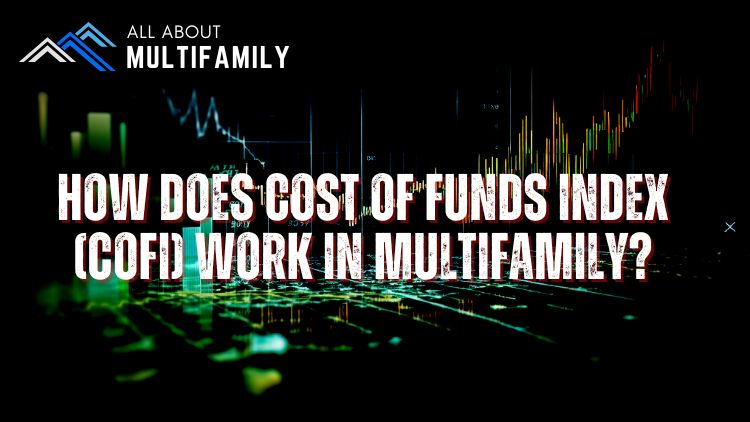The landscape of commercial real estate in the United States has been marked by significant shifts and challenges in recent years. As we look ahead to 2024, a storm appears to be brewing within the office sector, with experts predicting a substantial 20% decline in property values. In this blog post, we delve into the factors contributing to this projected downturn, explore its potential ramifications, and discuss strategies for navigating these turbulent waters.
Understanding the Forecast:
The anticipated 20% drop in US office values is not an isolated prediction but rather a culmination of various factors that have been at play for some time. The evolving nature of work, accelerated by the COVID-19 pandemic, has led to a reassessment of the traditional office space, with remote work becoming more prevalent and companies reevaluating their real estate needs.
Factors Contributing to the Downturn:
- Remote Work Trends: The pandemic forced companies to embrace remote work, revealing that many functions could be performed effectively outside the traditional office setting. As businesses adapt to hybrid models, the demand for large office spaces may decrease.
- Technological Advances: The rapid advancement of technology has facilitated seamless remote collaboration, diminishing the necessity for physical proximity. Video conferencing, cloud-based tools, and virtual communication platforms have altered the way businesses operate.
- Cost-cutting Measures: In response to economic uncertainties, many companies are exploring cost-cutting measures, and a significant portion of operational expenses is tied to real estate. Downsizing office spaces or adopting flexible leasing arrangements may become common strategies.
- Changing Tenant Preferences: Tenants are increasingly prioritizing flexibility, seeking agile lease terms and adaptable workspaces. This shift in demand could result in a surplus of vacant office spaces and, consequently, a decline in property values.
Potential Ramifications:
- Impact on Investors: A 20% drop in office values can have substantial consequences for investors and property owners. Those heavily invested in office properties may experience a reduction in asset value and potential financial strain.
- Economic Ripple Effect: The commercial real estate market is interconnected with various sectors of the economy. A significant downturn in office values could have a cascading effect on related industries, affecting jobs, construction, and local economies.
Navigating the Turbulence:
- Diversification: Investors may consider diversifying their portfolios to include other resilient sectors of commercial real estate, such as industrial or multifamily properties.
- Adapting Lease Structures: Property owners can explore flexible lease structures to attract tenants, such as shorter lease terms, co-working arrangements, or amenities that cater to the evolving needs of businesses.
- Embracing Technology: Implementing technology within office spaces can enhance their appeal, making them more conducive to collaboration and innovation. Smart buildings and sustainable features can attract tenants seeking modern and efficient work environments.
Conclusion:
As we brace for the forecasted 20% crash in US office values in 2024, it is essential for stakeholders in the commercial real estate sector to be proactive and strategic in their approach. Navigating the storm requires a careful consideration of market trends, tenant preferences, and the evolving nature of work. By staying adaptable and embracing innovation, investors and property owners can weather the challenges ahead and emerge stronger in the post-pandemic era of commercial real estate.














































![An In-Depth Look at Jake and Gino's Coaching Program [A Review]](https://allaboutmultifamilyinvesting.com/wp-content/uploads/2023/10/AAM-BMP-Blog-Covers-750-×-422px-6.jpg)


![Email Marketing Tips for Multifamily Real Estate Syndicators to Raise Capital [Templates included]](https://allaboutmultifamilyinvesting.com/wp-content/uploads/2023/09/AAM-BMP-Blog-Covers-750-×-422px-4.jpg)






![The Richest Kids In America [Book Review]](https://allaboutmultifamilyinvesting.com/wp-content/uploads/2023/09/AAM-BMP-Blog-Covers-750-×-422px-84.jpg)
















